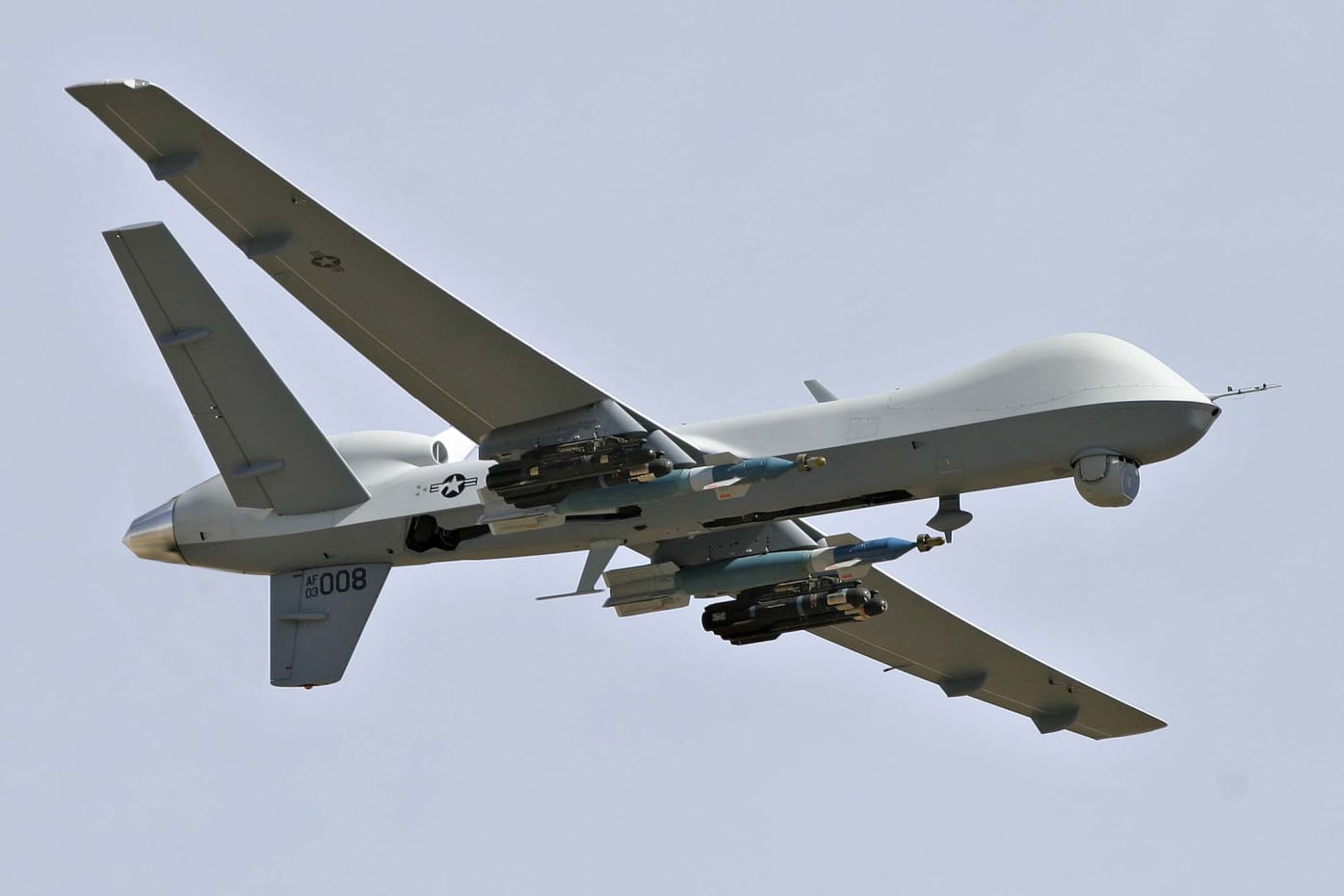WASHINGTON — The Pentagon will release a new unmanned systems road map soon, an Air Force official said Wednesday.
Air Force Lt. Col. Gary Rafnson, deputy chief of capabilities-based planning for intelligence, surveillance and reconnaissance, said a draft version of the new road map has begun circulating through the Pentagon.
Although he did not know when the document would be released, he told reporters at the C4ISR conference May 3 that the current draft is only around 50 to 60 pages long — much shorter than the last version, which was published in 2013 and came in at more than 160 pages.
Like the 2013 road map, the new document will present the department's outlook on unmanned air, maritime and ground technologies over the next 25 years. Much has changed since the previous version, when the Navy was planning on fielding a carrier-based unmanned combat aircraft and the Air Force looked toward acquiring a stealthy drone that would follow the MQ-9 Reaper. The services have backed away from both of those concepts in recent years, and the Air Force has not elaborated on what attributes it will need for the platforms that replace the Reaper and RQ-4 Global Hawk, for instance.
Rafnson is part of the Air Force’s newly formed Directorate of ISR Future Warfare, which the service formed to "break ourselves away" from budget planning "and just start asking basic questions about what are the threats in 30 years? … What is ISR going to look like?"
"We don’t have the brainpower to do [all of] that ourselves, because we’re only 10 people," Rafnson said, but he hopes the directorate can lay the groundwork for a future ISR enterprise capability collaboration team (ECCT).
The Air Force has set up ECCTs to help guide the service as it makes big decisions about the future makeup of its force. The first ECCT looked at how it should maintain air superiority into the 2030s, and helped inform development of the service’s next fighter, called Penetrating Counter Air.
An ECCT is currently assessing how the Air Force approaches "multidomain command and control" and could influence how the service decides to replace weapons such as the RC-135V/W Rivet Joint or E-3 airborne warning and control system. From there, the service could conduct one on "global integrated ISR," Gen. Mike Holmes, currently head of Air Combat Command, told Defense News last year.
"If the next one is an ISR ECCT, that organization would have the horsepower to really put on some meat on [the question of] what is ISR in 30 years," Rafnson said. "We’re trying to get that ready so that if this thing does happen, we can start running as opposed to start from a standstill."
Valerie Insinna is Defense News' air warfare reporter. She previously worked the Navy/congressional beats for Defense Daily, which followed almost three years as a staff writer for National Defense Magazine. Prior to that, she worked as an editorial assistant for the Tokyo Shimbun’s Washington bureau.








